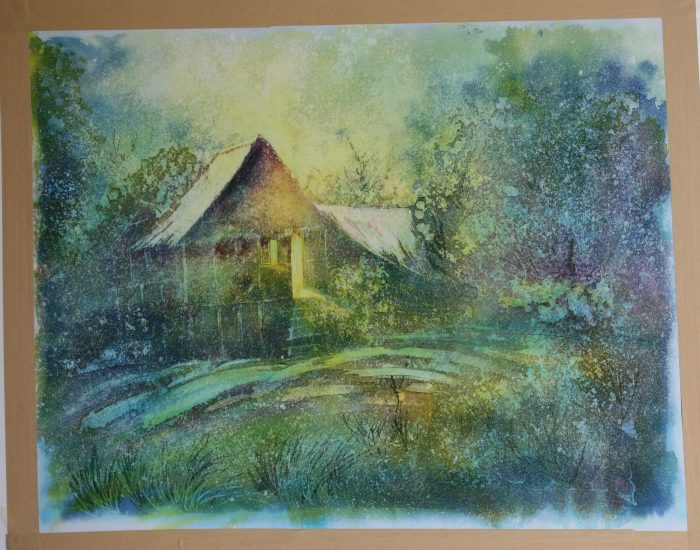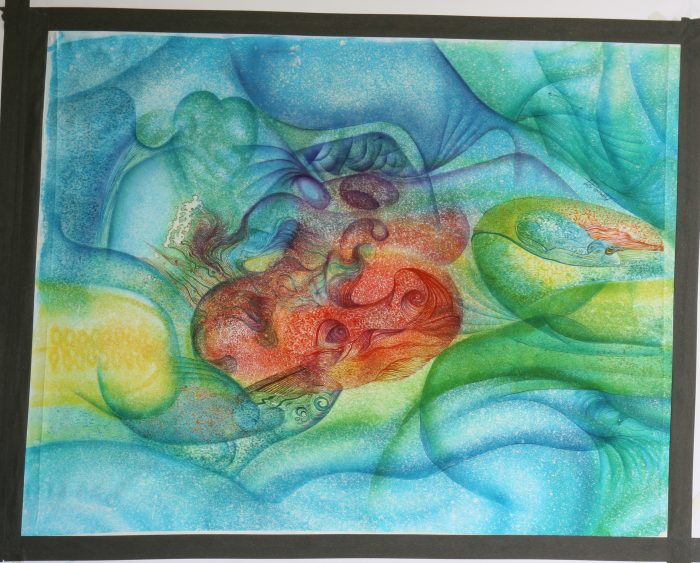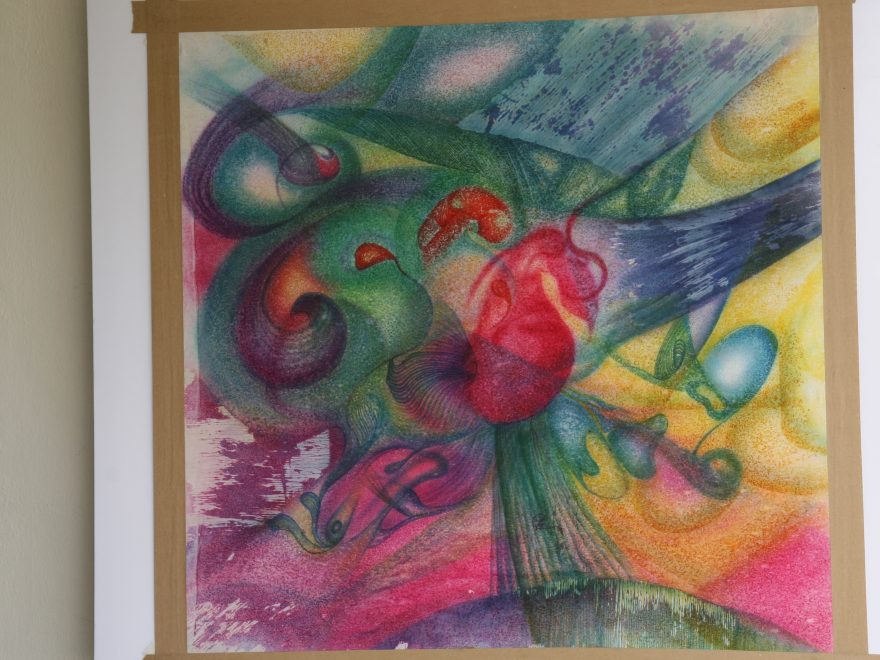
DREAMS are often fleeting, but with Sam Karuna, it is anything but. He has nurtured his dream of becoming a fine arts batik master for over 35 years now and doesn’t intend to stop.
“One may be talented, but you need true passion, dedication and perseverance to be successful. My drive to paint is still burning strong. As my art gets more refined, I become more and more inspired by my technique,” he says at his home gallery in Bangsar, Kuala Lumpur.
Sam, 65, is referring to dyetik, a technique that produces fine details not commonly seen in traditional batik works – which have cracked lines, fragmented colour planes and defined, stark outlines.
Dyetik involves placing little dots on the material to form the desired image, à la Pointillism (a technique developed by Georges Seurat in the late 19th century). The result is a uniform mottled surface glow that Sam effortlessly tweaks to incorporate depth and dimension to his paintings. Unlike traditional batik techniques, he uses relatively less wax and more dye in his works.
“I chanced upon this technique in 1980 while experimenting with several others. I knew this was what would set me apart from the other artists,” says Sam, who has been using dyetik in his works ever since.
The Perak-born artist started out with watercolour and oil in the 1960s before exploring the world of batik art. After his last solo exhibition in Malaysia in the early 1970s, he spread his wings and held shows abroad, including in Australia, Thailand and Singapore.
Sam is inspired by the work of other batik artists, like Ibrahim Khalid, Lim Khoon Hock, Tay Mo Leong and the late Chua Thean Teng,
He has spent 17 years teaching and training artists and batik enthusiasts, but jealously guards the workings of his self-created dyetik.
“I have never taught the technique to anyone. I’ve been told to patent it but I think it’s not necessary because it is not that easy to reproduce. It’s also time-consuming and requires lots of patience.”
A painting can easily take up to four months to complete. What’s more, he rips about one out of every six of his paintings to shreds and chucks them out the window.
“I never paint just for the sake of painting. Sometimes the subject you are working on just dies and you don’t have the burning inspiration to finish it. When a painting isn’t working out the way I want, I simply discard it and start something new.”
He is not worried about losing the desire to paint because there is really no end to the possibilities of this technique and likens working on a painting to scaling a mountain.
“I only work on one painting at a time. It’s like climbing a hill – you know what you’re doing and you have a specific goal. And you won’t stop until you’ve reached your goal.”
His next exhibition, The Dream that Never Dies, is just another stepping stone to taking this medium to new heights.
“My next stop will probably be Moscow, and I also plan to hold exhibitions in India, China and the Middle East. I want to explore places that not many people have been to,” he says.




